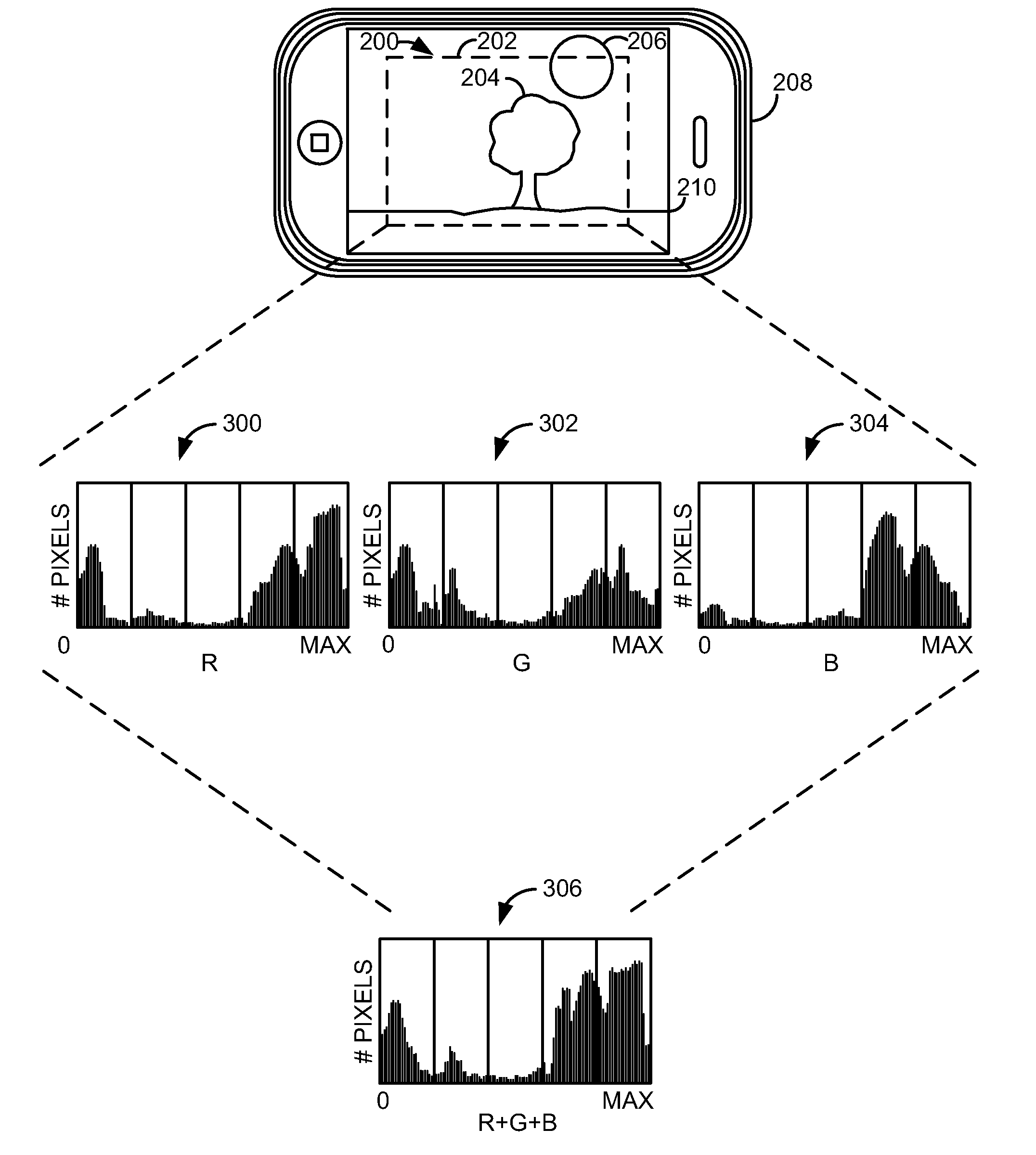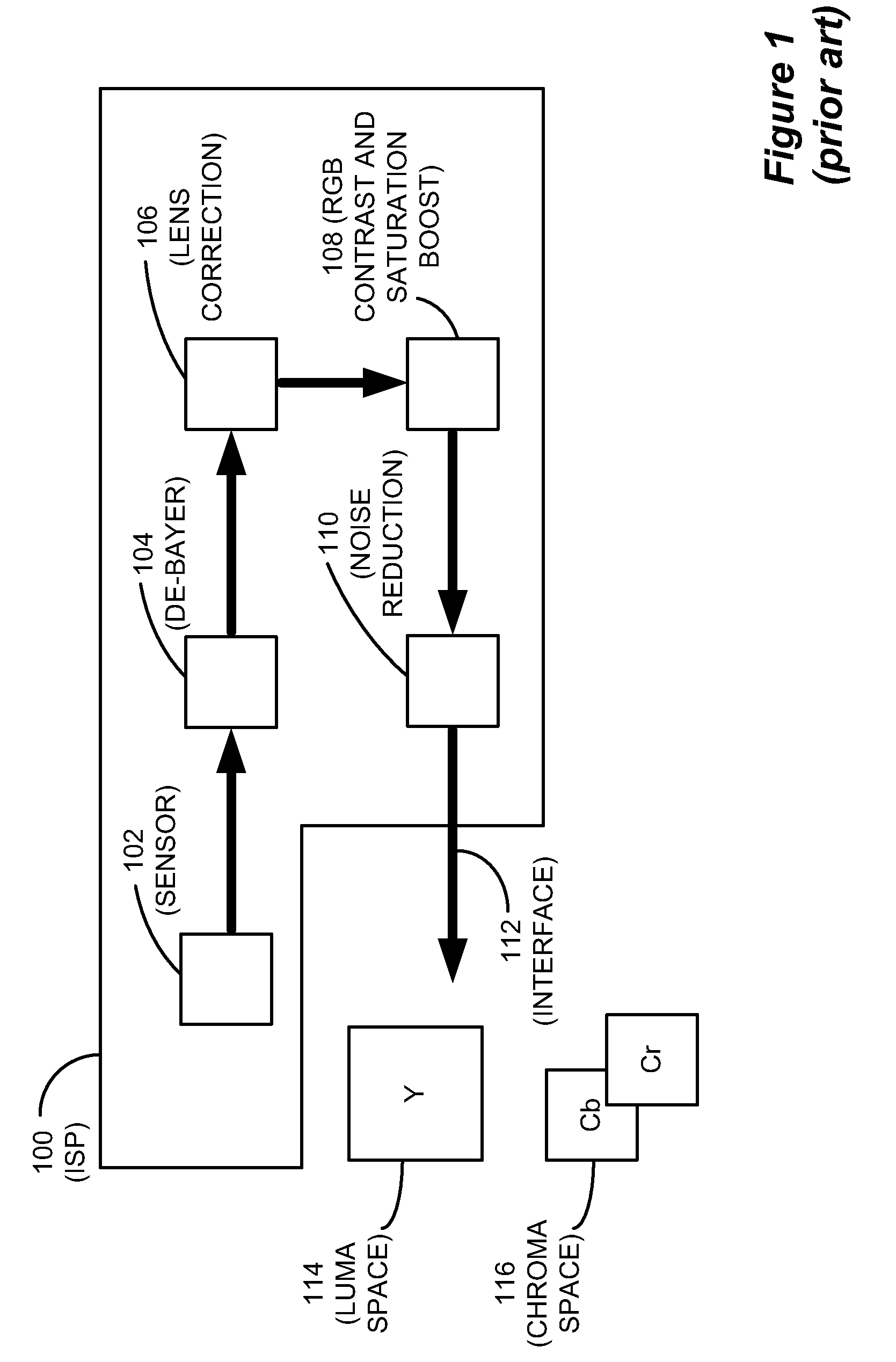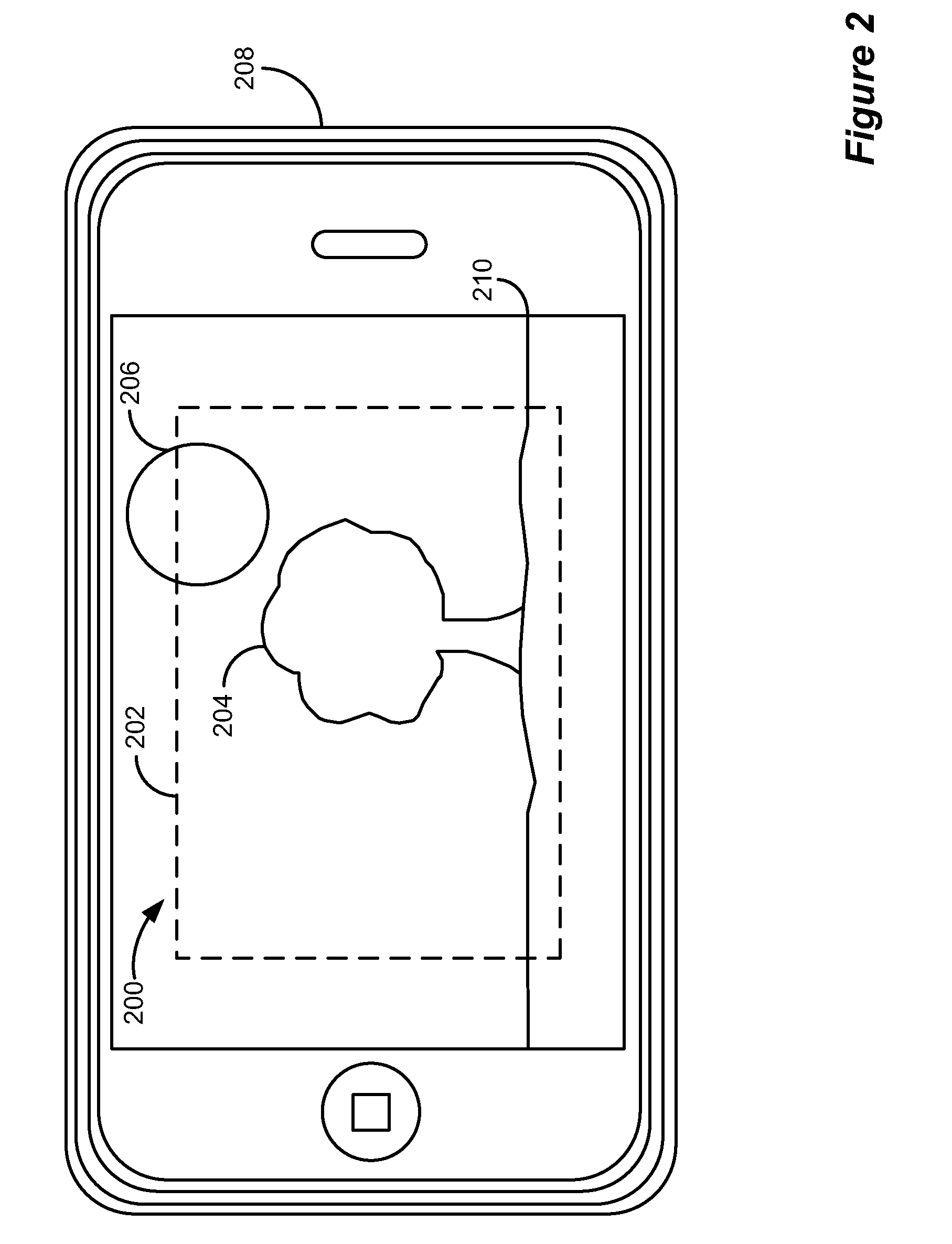Automatic Tone Mapping Curve Generation Based on Dynamically Stretched Image Histogram Distribution
a dynamically stretched image and tone mapping technology, applied in image enhancement, instruments, television systems, etc., can solve the problems of unappealing photos in certain scenes or light levels, and achieve the effects of boosting low brightness ranges and high brightness ranges, reducing computational costs, and improving visual appeal
- Summary
- Abstract
- Description
- Claims
- Application Information
AI Technical Summary
Benefits of technology
Problems solved by technology
Method used
Image
Examples
Embodiment Construction
This disclosure pertains to an apparatus, method, computer useable medium, and processor programmed to automatically generate tone mapping curves in a digital camera or digital video camera based on image metadata in order to create more visually appealing images. While this disclosure discusses a new technique for automatically generating tone mapping curves in a digital camera or digital video camera based on image metadata, e.g., image histogram metadata, one of ordinary skill in the art would recognize that the techniques disclosed may also be applied to other contexts and applications as well.
In some embodiments, performing tone-mapping in the camera's image sensor package (ISP) is computationally “free,” that is, the data that is to be mapped through the use of tone mapping curves already gets mapped through a table to perform gamma correction. Thus, loading a different table which combines gamma correction and tone curve mapping has essentially no additional performance cost....
PUM
 Login to View More
Login to View More Abstract
Description
Claims
Application Information
 Login to View More
Login to View More - R&D
- Intellectual Property
- Life Sciences
- Materials
- Tech Scout
- Unparalleled Data Quality
- Higher Quality Content
- 60% Fewer Hallucinations
Browse by: Latest US Patents, China's latest patents, Technical Efficacy Thesaurus, Application Domain, Technology Topic, Popular Technical Reports.
© 2025 PatSnap. All rights reserved.Legal|Privacy policy|Modern Slavery Act Transparency Statement|Sitemap|About US| Contact US: help@patsnap.com



